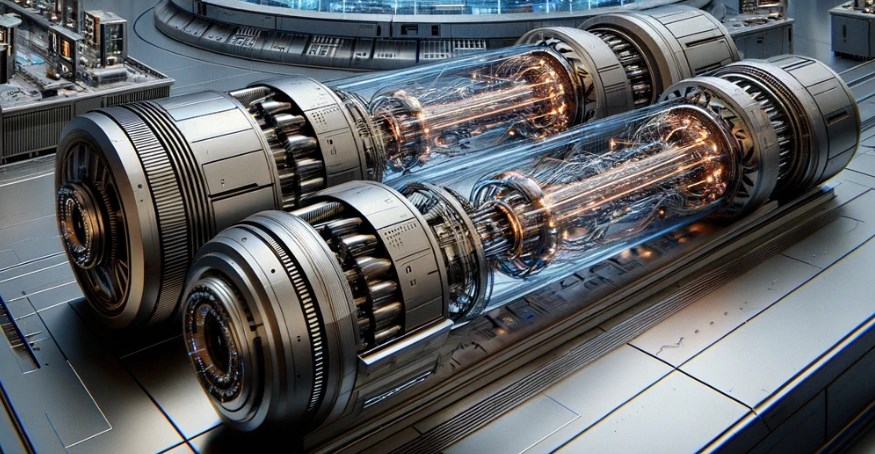Halbach Arrays Demystified: A Guide to Magnetic Engineering Magic
Magnetism, a force that has fascinated humanity for millennia, finds one of its most intriguing applications in the form of Halbach arrays. This magnetic marvel, often seen as a form of ‘engineering magic’, harnesses the peculiar properties of magnetism to achieve what was once thought impossible. Let’s demystify the Halbach array and explore its remarkable potential in various technological domains.

What is a Halbach Array?
The Halbach array, named after physicist Klaus Halbach who discovered it in the 1980s, is a unique arrangement of permanent magnets. In this arrangement, the magnetic fields are ingeniously aligned so that they amplify on one side while canceling out on the other. This results in a one-sided flux pattern, a phenomenon that defies the common experience of magnets where the magnetic field typically exists on both sides.
How Does it Work?
The secret of the Halbach array lies in its geometric configuration. Magnets are placed in a way that their poles (North and South) are rotated relative to each other. Typically, this rotation is 90 degrees from one magnet to the next. This orientation causes the interference of magnetic fields, strengthening them on one side (constructive interference) and weakening them on the other (destructive interference). The result is a powerful, unidirectional magnetic field.
Applications of Halbach Arrays
1. Magnetic Levitation (Maglev) Trains
One of the most famous applications of Halbach arrays is in magnetic levitation for trains. Maglev trains use these arrays to create a powerful magnetic field that lifts and propels the train forward, reducing friction and allowing for higher speeds and efficiency.

2. Medical Imaging Equipment
In the medical field, Halbach arrays play a crucial role in magnetic resonance imaging (MRI) machines. They help in creating a strong and stable magnetic field, which is essential for producing high-quality images.
3. Energy Generation and Storage
In the realm of renewable energy, Halbach arrays contribute to the efficiency of wind turbines. They are also being explored in energy storage solutions, like flywheels, where maintaining a stable magnetic field is vital for operation.
4. Linear Motors and Particle Accelerators
Linear motors, used in various industrial and transportation applications, benefit from the one-sided magnetic fields of Halbach arrays. These arrays are also integral in particle accelerators, helping to focus particle beams.
Advantages and Challenges
Advantages
- Increased Efficiency: By focusing the magnetic field, Halbach arrays allow for more efficient use of magnetic materials.
- Reduced Magnetic Interference: The one-sided nature of the field helps in reducing unwanted magnetic interference.
- No External Power Required: As they use permanent magnets, Halbach arrays do not require an external power source.
Challenges
- Complex Manufacturing: Creating Halbach arrays requires precise alignment and can be more complex and costly than traditional magnet setups.
- Material Limitations: The performance of Halbach arrays is heavily dependent on the quality of the magnets used, which can be expensive.
The Future of Halbach Arrays
As technology advances, the potential applications of Halbach arrays continue to expand. Innovations in material science may lead to more efficient and powerful arrays. We might see them playing a significant role in futuristic technologies like hyperloop transportation systems or advanced robotics.
In conclusion, Halbach arrays represent a fascinating and powerful application of magnetism. Their ability to manipulate magnetic fields has opened doors to numerous technological advancements, and as we continue to understand and improve them, the magic of magnetic engineering will undoubtedly bring even more wonders to the world.